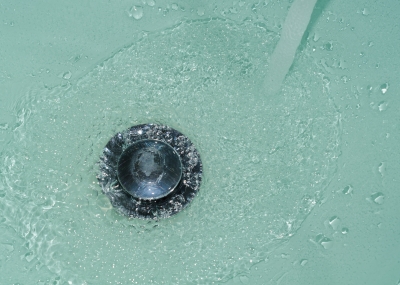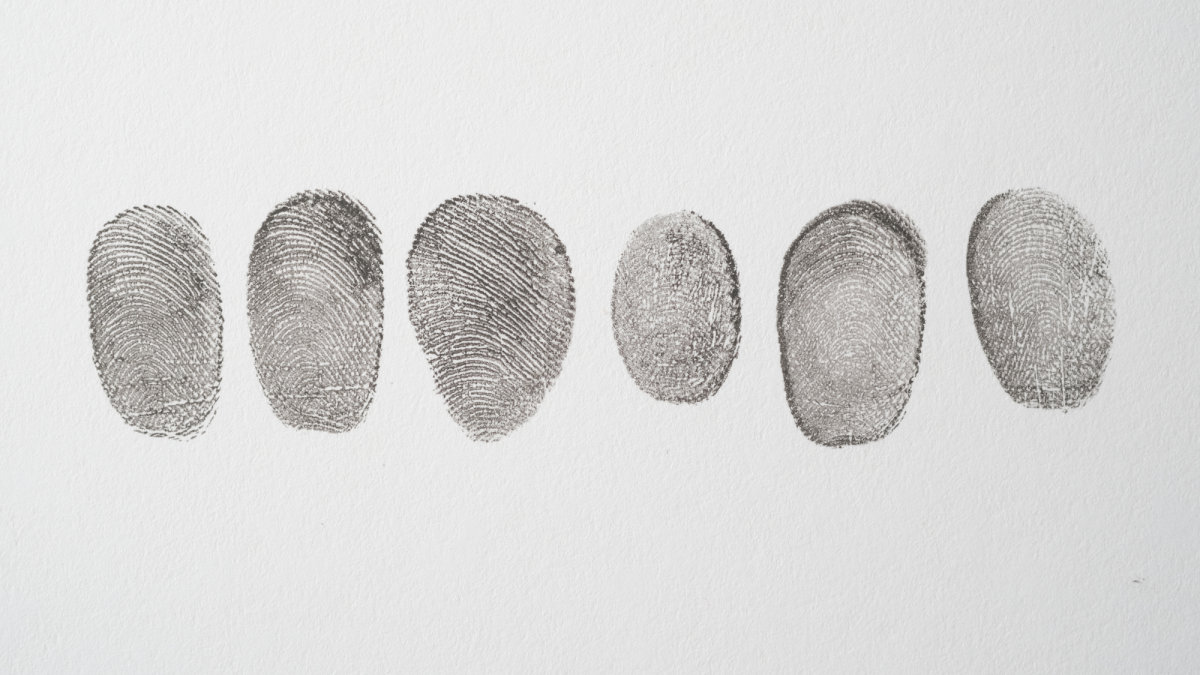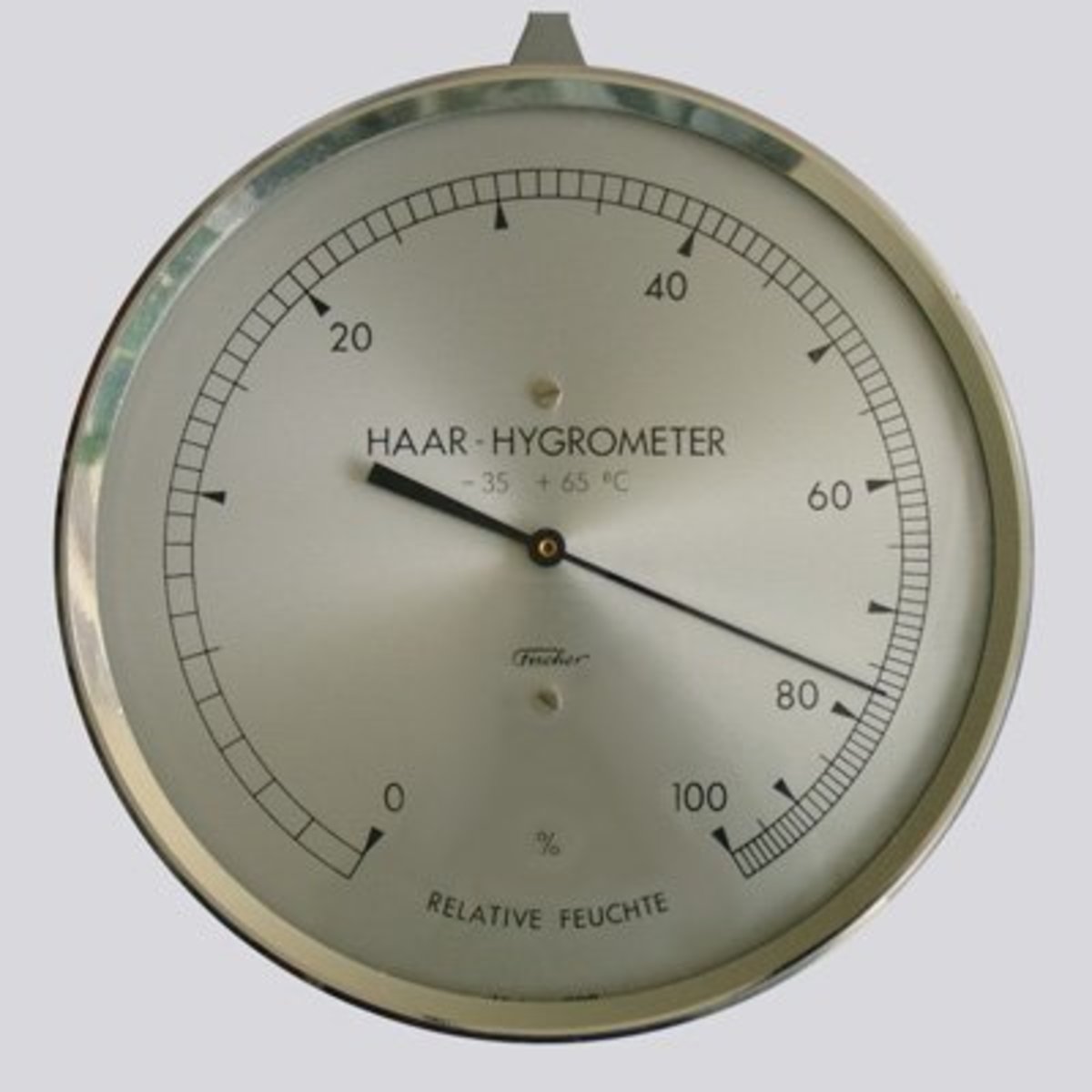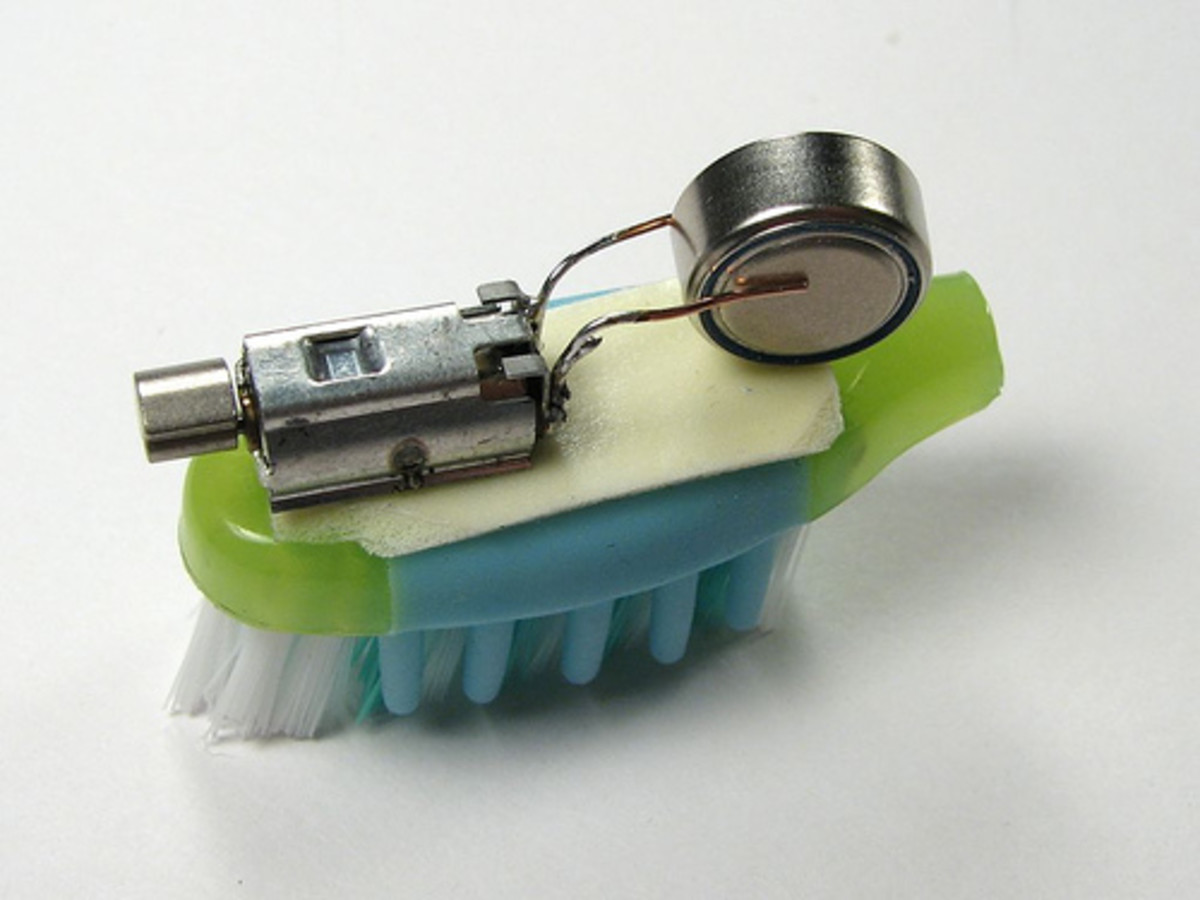Making Bathtub Fizzie Balls {Science & Craft Experiment}
Science is fun, but you don’t have to keep it limited to the classroom. In fact, with this fun science experiment you’ll start it in the class (or kitchen) and end it in the tub. In “How To Make Bathtub Fizzies”, you’ll learn about chemical reactions between acids and bases, and what makes them so interesting.
While you’ll likely have most of the supplies needed for the activity in your home already, the rest of the supplies (such as citric acid or fragrance oil) at the craft store.
Not only does this make a fun science experiment, but it makes a great homemade present too. Package the fizzie balls in a dry container, such as a jar or cellophane bag.
Once you've made the fizzie balls, drop them in a bathtub of water and observe your craft turned into an experiment.

What You'll Need
- 2 tablespoons citric acid
- 2 tablespoons cornstarch
- ¼ cup baking soda
- Fragrance oil, (optional)
- 3 tablespoons vegetable oil
- Food coloring, (optional)
- Glass jar with lid
- Long stirring spoon
- Empty container with lid
- Wax paper
Instructions
- Combine the citric acid, cornstarch, and baking soda in a glass jar. Mix the contents together with a spoon.
- Add a few drops of fragrance oil (optional) and food coloring (optional) to the jar.
- Close the jar with the lid, and shake it until the contents are thoroughly mixed together.
- Empty the jar into the bowl, and slowly add the vegetable oil to the dry contents. Stir the oil into the dry mixture until combined.
- Form 1 to 1 ½ inch balls from the mixture.
- Place the balls on a wax paper-lined cookie sheet, and set aside for 2 days to dry.
- Drop the ball into a tub of water and observe the reaction.
What Happens Next
When you drop the ball into the water you should see that the ball fizzed and released bubbles into the water. This was caused by the citric acid and baking soda reacting with the water and produce carbon dioxide. If you added food coloring to the mixture you should see the water change color. And if you added enough fragrance oil you should smell the fragrance released into the water.
What It Looks Like
Making it a Learning Experience
Make observations, and then consider altering the experiment. For example:
- Does adding more citric acid increase or decrease the amount of bubbles in the water?
- Does altering the amount of drying time affect the amount of bubbles in the water?
- Does changing the shape affect the bubbles? (Consider making discs or using a mold for shapes)
The possibilities are endless. Discuss observations, make alterations, or simply enjoy the fizzie bathtub balls for yourself, or package nicely for a gift. No matter what you ultimately choose to do with the experiment, you and your child will have fun learning about chemical reactions.








